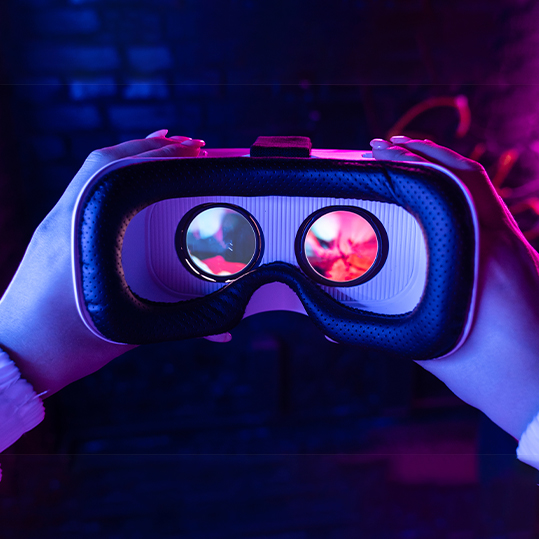
Virtual Reality (VR) training combines cutting-edge technology with immersive simulations, enabling users to engage in three-dimensional environments for hands-on learning experiences. By donning specialized headsets and gear, individuals can practice managing real-life scenarios in a safe, controlled virtual space, making it an invaluable tool for industries requiring advanced safety training, such as construction, healthcare, and the military.
A myriad of factors affect the happiness, attitude, and productivity of your employees at work. It is inevitable that you and your employees will learn new skills at work. You provide workplace training to ensure that your employees carry out their duties safely and efficiently. However, as your business evolves in the digital age, so too must your workplace training program. In order to engage your employees at every level, you must future-proof your workplace processes.
Virtual Reality (VR) technology is revolutionizing skills training by providing immersive, three-dimensional learning environments. This innovative approach enables employees to practice real-life scenarios in a controlled setting, enhancing their technical and soft skills such as leadership and resilience. With the rise of the metaverse, VR training is becoming more prevalent, offering a cost-effective, engaging, and practical solution for upskilling employees. Companies are increasingly integrating VR into their training strategies to develop and train their workforce more effectively, making it a crucial component of modern learning curriculums.
Virtual reality training can reduce workplace accidents by up to 43%.
Employees are 4 times faster to train in virtual reality than in the classroom.
VR trainees are 275% more confident in acting than those trained traditionally.
VR learners are more emotionally connected to content than in classroom.


Traditional workplace learning programs often suffer from high costs, safety risks, and a lack of realism. In-person training can be expensive, dangerous, and limited in its ability to simulate real-world problems. E-learning, while more accessible, still lacks the immersive experience necessary for deep learning and skill retention.
Virtual reality (VR) solves these problems. VR training places employees in realistic, simulated environments where they can practice, make mistakes, and receive feedback – all without the risks or downtime associated with traditional methods. VR even taps into emotional learning centers, aiding in retention and boosting employee engagement. For businesses, this translates into better-trained employees, reduced costs, and a more efficient path to workplace skill development.
Virtual Reality (VR) training offers a plethora of advantages that revolutionize the way we approach learning and development. It not only enhances safety through risk-free simulations but also fosters collaboration and teamwork in challenging scenarios. By facilitating remote learning, VR training enables decentralized, travel-free education, making it accessible to a wider audience.
Moreover, its cost-effectiveness and adaptability to different learning styles ensure a personalized and engaging experience. Real-time feedback mechanisms provide immediate insights for improvement, while its eco-friendly nature aligns with sustainability goals.
Explore VR’s training capabilities: safe, interactive learning environments, fostering teamwork, risk management skills, and remote adaptability.
Dive into VR training’s core advantages and immediate feedback for an all-rounded, future-proof educational experience.
Elevating Your Business With Our
Ready-To-Learn Solutions.
Enhancing industry capabilities with versatile UAV applications.
Cutting-edge solutions to enhance the operational readiness of military forces.